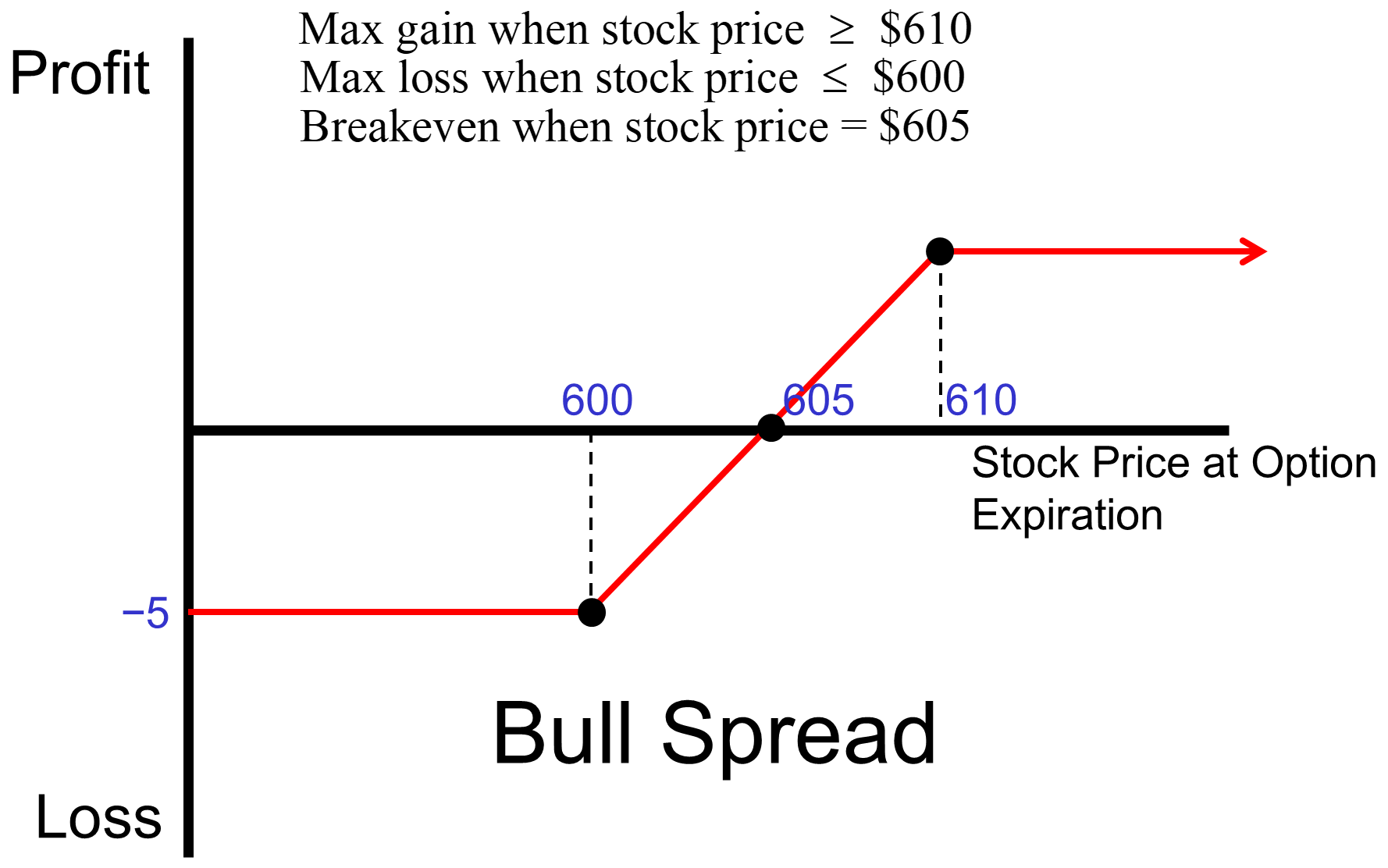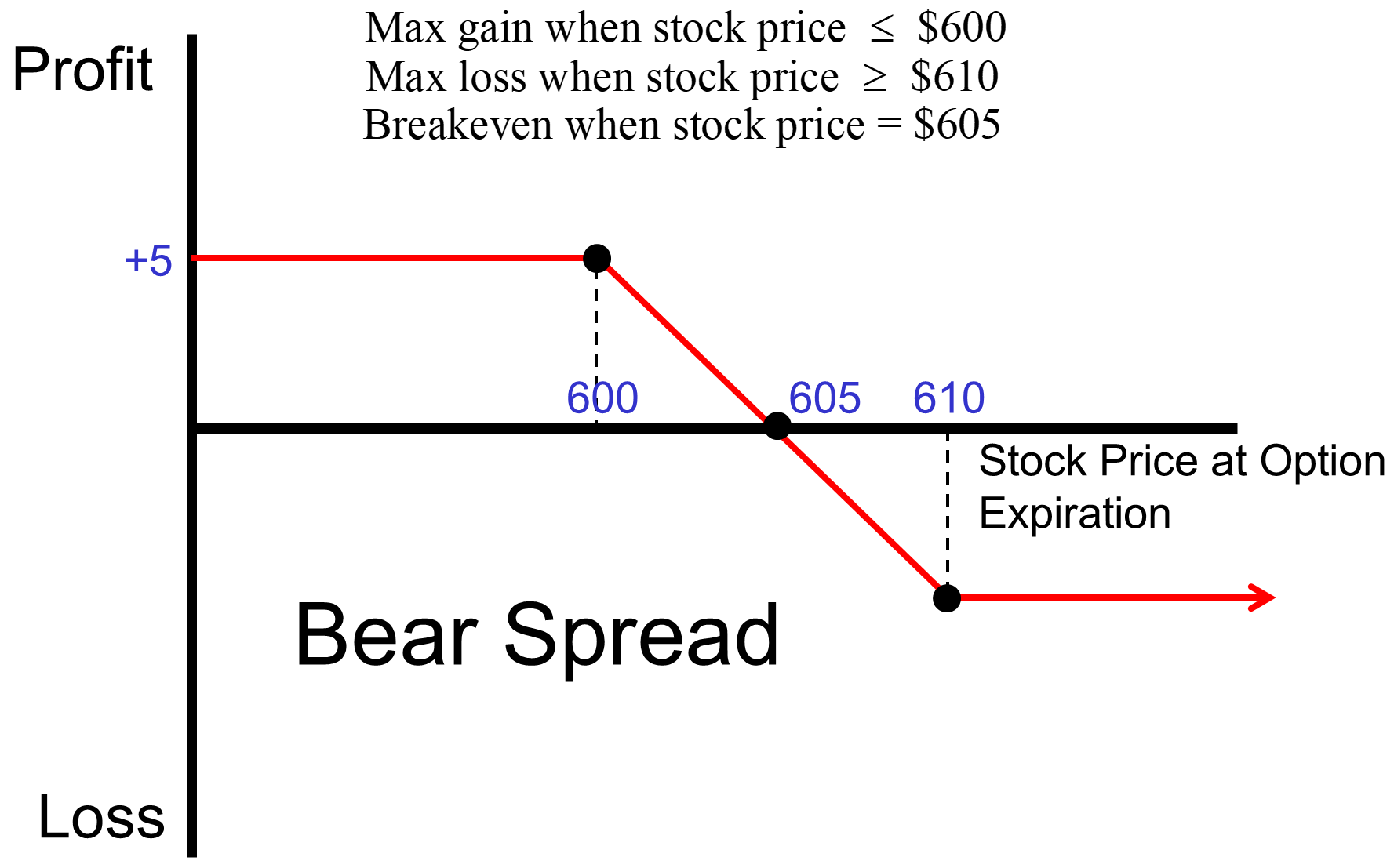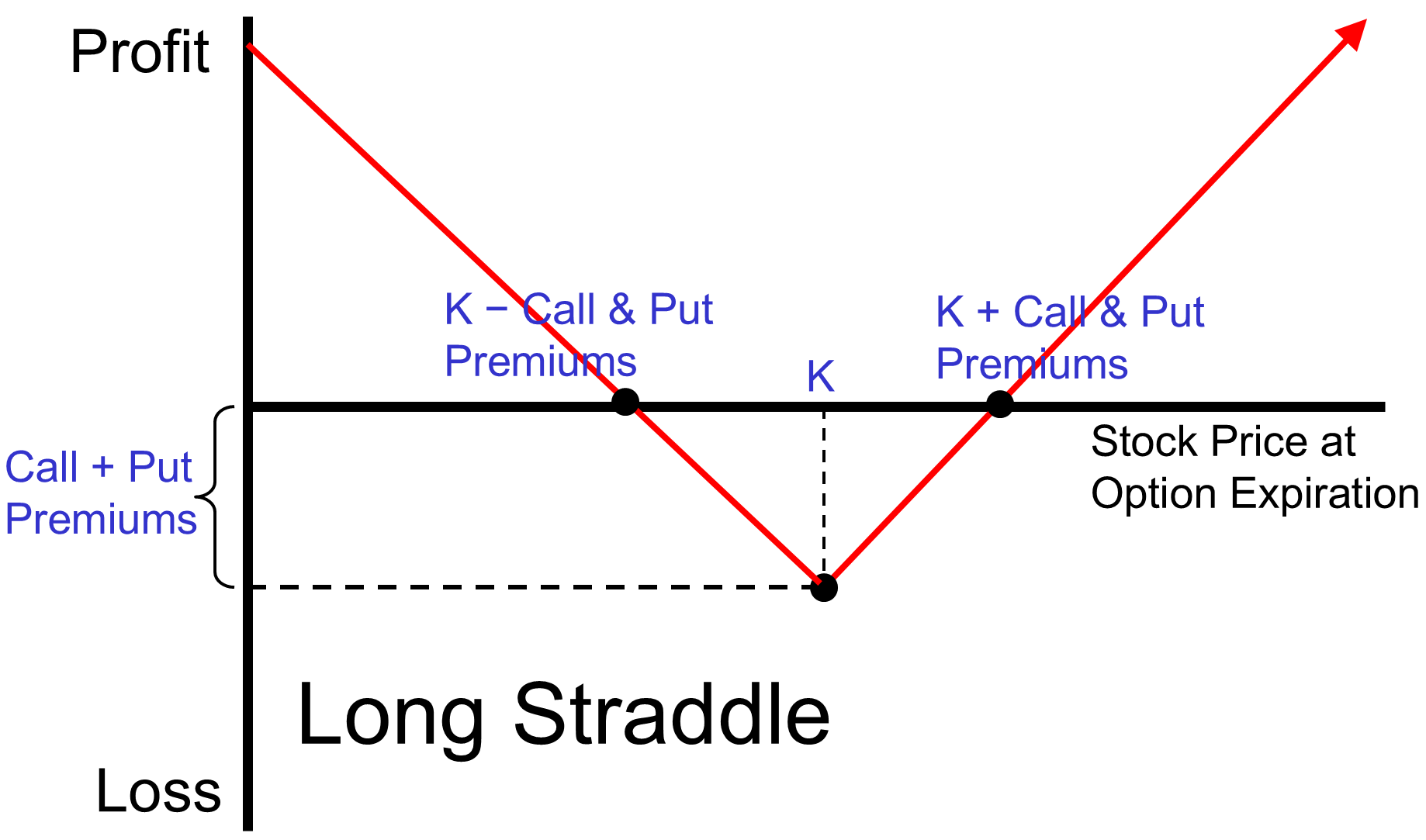A downloadable Microsoft Word version of this formula sheet can be found at robmunger.com/2000share. Questions or comments? Please email rob.mgmte2000@gmail.com. Remember, your first reference is always the lectures and the homework.
Press Ctrl-D to bookmark this page. Feel free to download it, but please do not reupload.
L2 - Money and Banks
Bruce often refers to M1 as the “Money Stock” or the “Money Supply.”
M1=Total Deposits+Cash Held by Public
M2=M1+Time Deposits+Money Market Mutual Funds
Definition of Bank Capital:
Bank Capital=Assets−Liabilities
With algebra, this implies that the left and right of balance sheet are equal: ️⚖️
Assets=Liabilities+Bank Capital
Bruce’s 6 Bank Balance Sheet Event Examples are helpful.
References: 2 Feb 4.ppt and L2-Bank Balance Sheets
L3 - Bank Profitability and Leverage
Name
Equation
Example
= interest rate earned on assets - interest rate paid on liabilities
= 6% - 3% = 3%
Net Interest Income = (total interest received) - (total interest paid)
= $12M - $8M = $4M
=Total Interest Earning AssetsNet Interest Income
= $4M/$100M = 4%
=Total AssetsProfit After Taxes
= $1M / $100M = 1%
=Bank CapitalProfit After Taxes
= $1M / $10M = 10%
=CapitalAssets
= $100M / $10M = 10 to 1
=Bank CapitalBank Liabilities
= $90M / $10M = 9 to 1
ROE = ROA × Leverage Ratio
Checking the numbers:
10% = 1% × 10
Profit
= Δ Bank Capital
(Because profit increases your net worth)
L3 - Reserves
Name
Equation
Example
Required Reserves
= R × Checking Deposits
= 10% × $2B = $200M
Interpretation: The Fed decides how many dollars of reserves a bank is legally required to hold for every $100 of deposits.
TotalReserves
=Vault Cash + Deposits at Fed
= $50M + $250M = $300M
Interpretation: both Vault Cash and Deposits at the Fed count as reserves.
“Deposits at Fed” = "Deposits at the Central Bank"
ExcessReserves
= Total Reserves - Required Reserves
= $300M - $200M = $100M
Interpretation: Any reserves that are not required are excess reserves.
R + E
Total Reserves / Deposits
= $300M/$1B = 30% ⇨ If R + E = 30% and R=10%, then E must be 20%
Interpretation: R+E is the total percent of deposits kept as reserves.
L3 - Bonus Reserves Equations
Occasional questions may ask you to reason about excess and required reserves. With a tiny bit of algebra, these nine equations follow from what you’ve learned in class. I lay them out here systematically for reference. ($RequiredRes means “Dollars of Required Reserves,” etc.)
| Required Reserves Version | Excess Reserves Version | Required and Excess |
|---|
To find:
R or E | R=Deposits$RequiredRes | E=Deposits$ExcessRes | R+E=Deposits$TotalRes |
To find:
$Reserves | $RequiredRes=R×Deposits | $ExcessRes=E×Deposits | $TotalRes=(R+E)×Deposits |
To find:
Deposits | Deposits=$RequiredRes×R1 | Deposits=$ExcessRes×E1 | Deposits=$TotalRes×R+E1 |
L3 - Money Multiplier
MS=M1=Total Deposits+Cash Held by Public
Money Multiplier: R+E1=1/(R + E)
ΔTotal Deposits=Initial Deposit×R+E1
ΔMS=ΔDeposits+ΔCash Held by Public
References: 3 Feb 11.ppt and L3-Measures of Bank Profitability
L4/L5 - Monetary Policy
You can use the two green equations, above, for Deposits/Withdrawals and Open Market Operations. For an Open Market Operation, ΔCHP=0
References: 4 Feb 18.ppt and L4-Reserves
i=r+π and r=i−π
(r=real interest rate; i=nominal interest rate; π=inflation rate)
References: 5 Feb 25.ppt and L5-Outline
L6 - NPV and IRR
FV=PV×(1+i)N
PV=(1+i)NFV
Present Value of a stream of payments for T years:
PV=(1+i)1Pmt1+(1+i)2Pmt2+(1+i)3Pmt3+⋯+(1+i)TPmtT
To enter the above formula as plain text, write: PV = PMT1/(1+i)^1 + PMT2/(1+i)^2 PMT3/(1+i)^3 + ... + PMTT/(1+i)^T
PV of a Perpetuity=iYearly Pmt
NPV=PV of Cash Inflows−PV of Cash Outflows
To solve an IRR problem, write down NPV=0 or PVInflows = PVOutflows and solve for i.
NPV Rule: Undertake any project with a positive NPV. If two mutually exclusive projects have positive NPV, undertake the project with the higher NPV. (NPV is like the profit of the project.)
IRR Rule: Undertake any project for which the IRR is greater than the opportunity cost of capital.
References: 6 Mar 4.ppt and L6-Outline
Midterm
L7 - Bonds
F=Face value; T=Number of years until bond expires; i=discount rate/Interest rate; c=Coupon rate; Fc=F×c=a single coupon payment
PZCB =(1+i)TF
PConsol =iFc
PCouponBond =(1+i)1Fc+(1+i)2Fc+(1+i)3Fc+⋯+(1+i)TFc+(1+i)TF
For a 3 year coupon bond:
PCouponBond=(1+i)1Fc+(1+i)2Fc+(1+i)3Fc+F
Plain Text Formulas:
- 2 Year Coupon Bond:
PB = Fc/(1+i)^1 + (Fc+F)/(1+i)^2
- 3 Year Coupon Bond:
PB = Fc/(1+i)^1 + Fc/(1+i)^2 + (Fc+F)/(1+i)^3
- T Year Coupon Bond:
PB = Fc/(1+i)^1 + Fc/(1+i)^2 + Fc/(1+i)^3 + ... + (Fc+F)/(1+i)^T
- Zero Coupon Bond:
PB = F/(1+i)^T
Shortcut to calculate price of a 4 year coupon bond with F=1000,i=860)
PB = 60/1.08 + 60/1.08^2 + 60/1.08^3 + 1060/1.08^4
Equivalent Tax Free Rate: Taxable Rate×(1−Marginal Tax Rate)
To solve a Yield To Maturity (YTM) problem, write down the bond pricing formula and solve for i.
References: 7 Mar 25.ppt, L7-Outline, and L7-Notes
L8/L9 - Stocks & Investment Companies
Authorized Shares = Issued Shares + Unissued Shares
Issued Shares = Shares Outstanding + Treasury Stock
Shares Outstanding = Float + Restricted Shares
My “Classes of Shares” worksheet can you help solve problems using the above equations.
Market Capitalization: Market “Cap” = Shares Outstanding × Price Per Share
Net Asset Value (NAV)=Shares OutstandingMarket Value of Assets−Liabilities
R=NAV0NAV1−NAV0+Income+Capital Gain
References: 8 Apr 1.ppt, L8-Outline, L8 Notes, 9 Apr 8.ppt, and L9 Notes
L10 - CAPM and EMH
CAPM: E(rS)=rF+β[E(rM)−rF]
CAPM Jargon:
E(rS) =E(ri)= Expected return on a portfolio or individual stock
E(rM) = Expected return on the market portfolio
rF = risk free rate = rate on return of assets considered to be risk-free = return on T-Bills
“Risk Premium” means you subtract off the risk free rate.
E(rM)−rF = Market risk premium = Expected risk premium of market
Expected Value (EV):
= Probability of Outcome 1 × Value of Outcome 1
+ Probability of Outcome 2 × Value of Outcome 2
+ Probability of Outcome 3 × Value of Outcome 3
+ …
+ Probability of Outcome N × Value of Outcome N
EMH stock price = PDV of EV of future price + PDV of dividend
Example: EVPrice=31($12)+31($18)+31($24)=$18
Stock price = PDV of EV+PDVof Dividend
Stock price = (1+12%)$18+(1+12%)$3
References: 10 Apr 15.ppt and L10 Notes
L11 Options
Call IV =Max(S−K,0)
Put IV =Max(K−S,0)
P/L from Buying an Option =IV−Pr
P/L from Buying a Call =Max(S−K,0)−Pr
P/L from Buying a Put =Max(K−S,0)−Pr
P/L from Selling an Option =Pr−IV
P/L from Selling a Call =Pr−Max(S−K,0)
P/L from Selling a Put =Pr−Max(K−S,0)
Premium = Intrinsic Value + Time Value
Premium = EV of the gain from an option or strategy
Leverage = Share Price×100 / Premium×100
| Buy/Long | Write/Sell/Short |
|---|
| Call | 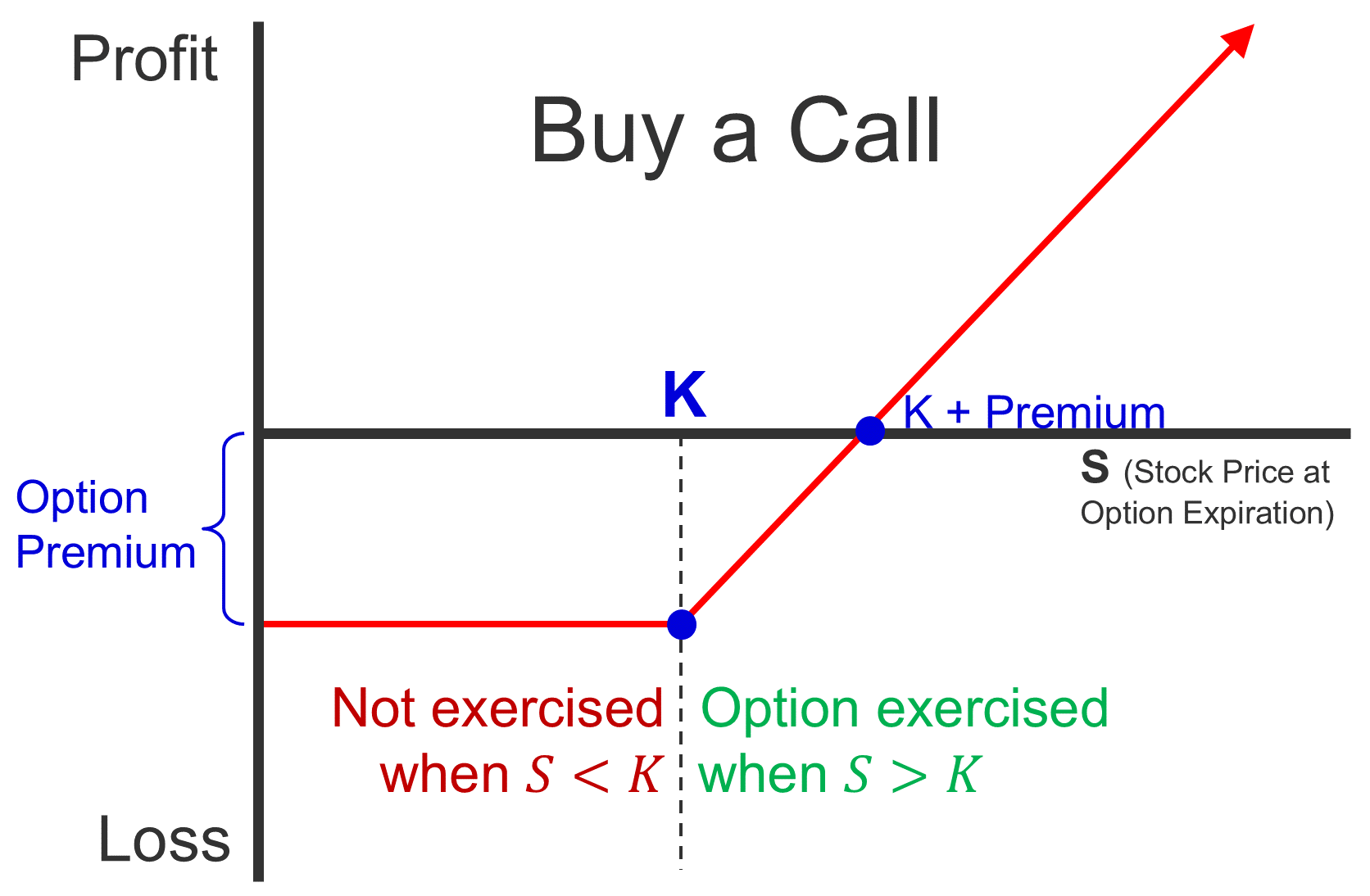 | 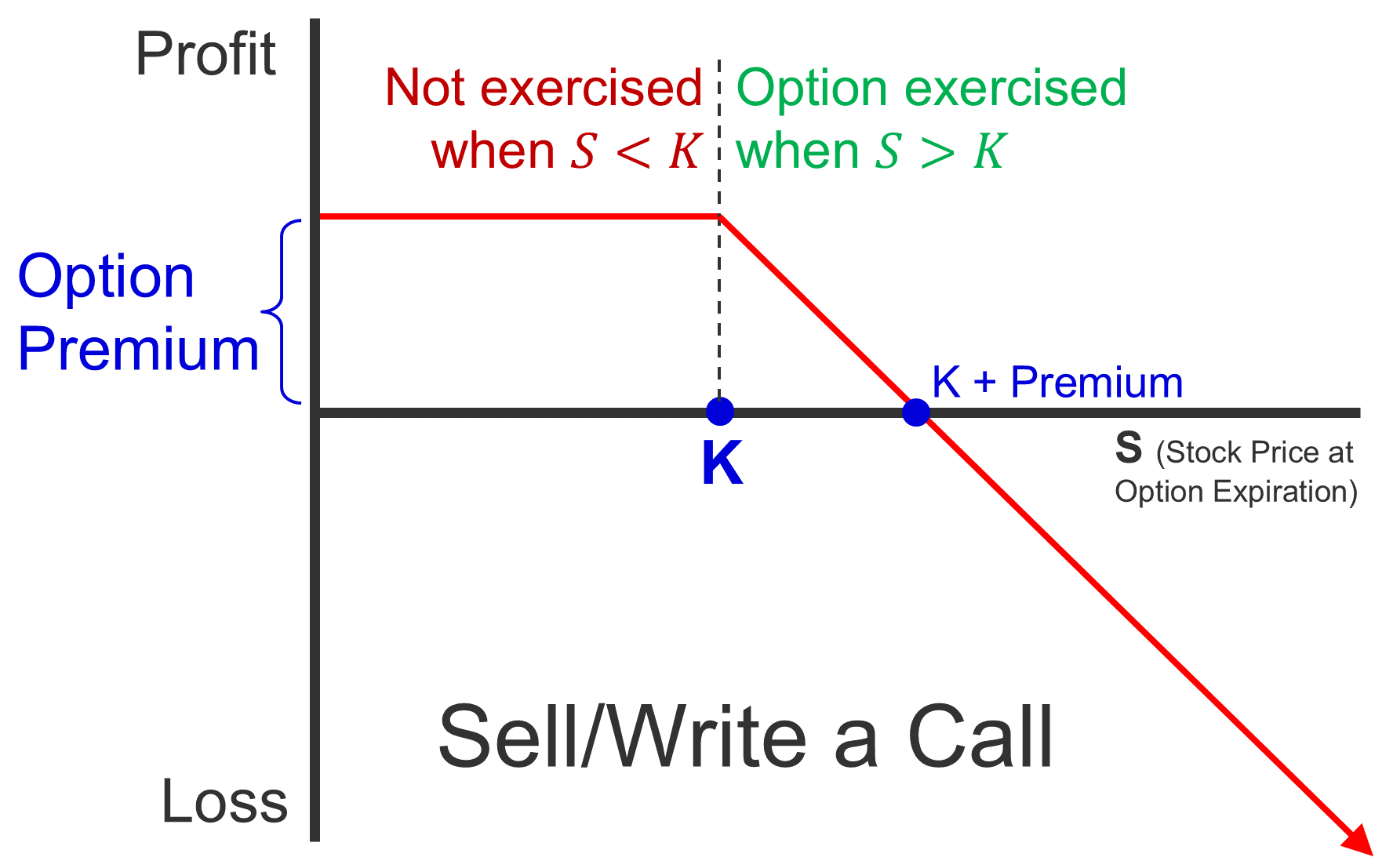 |
| Put | 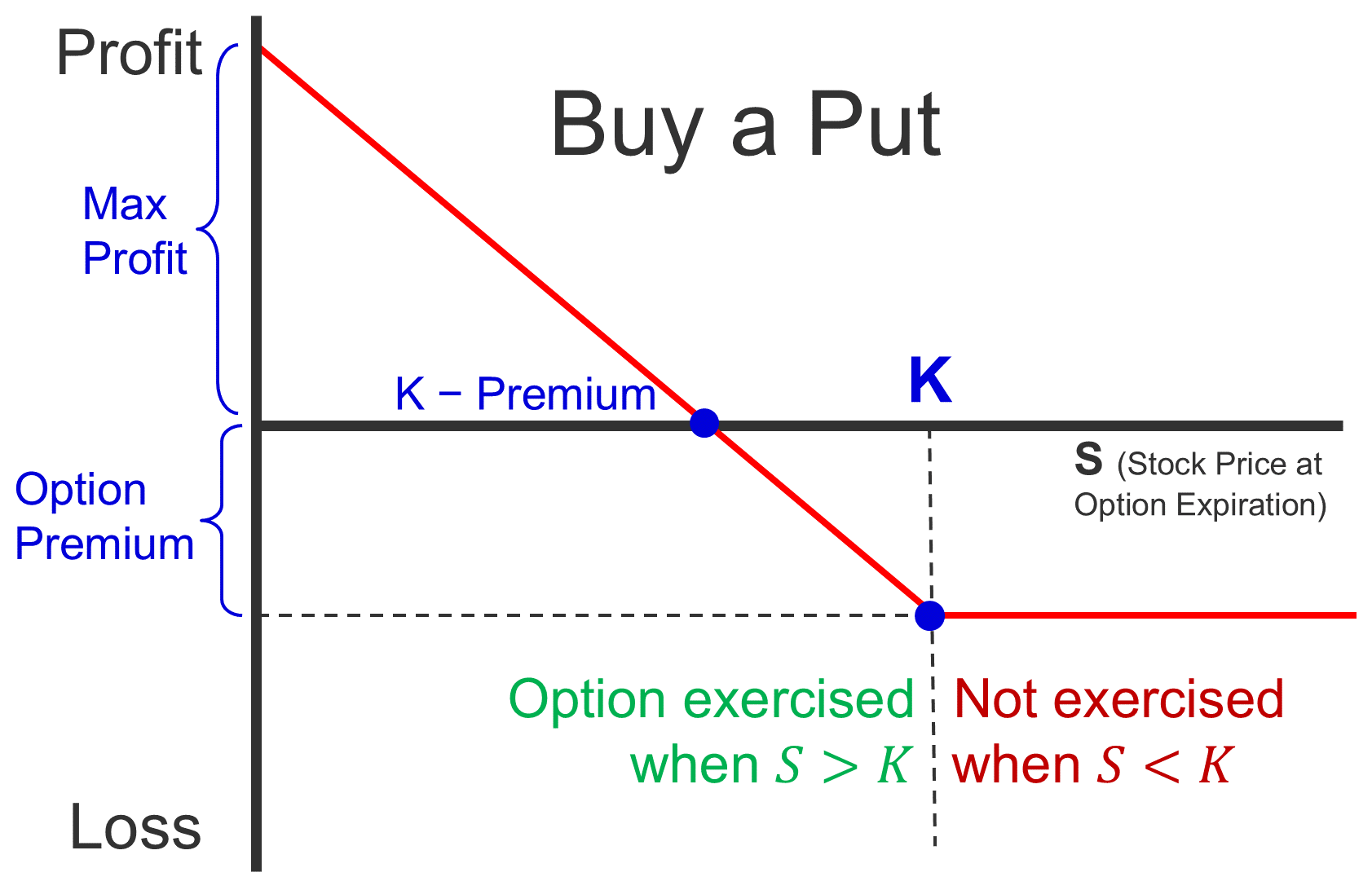 | 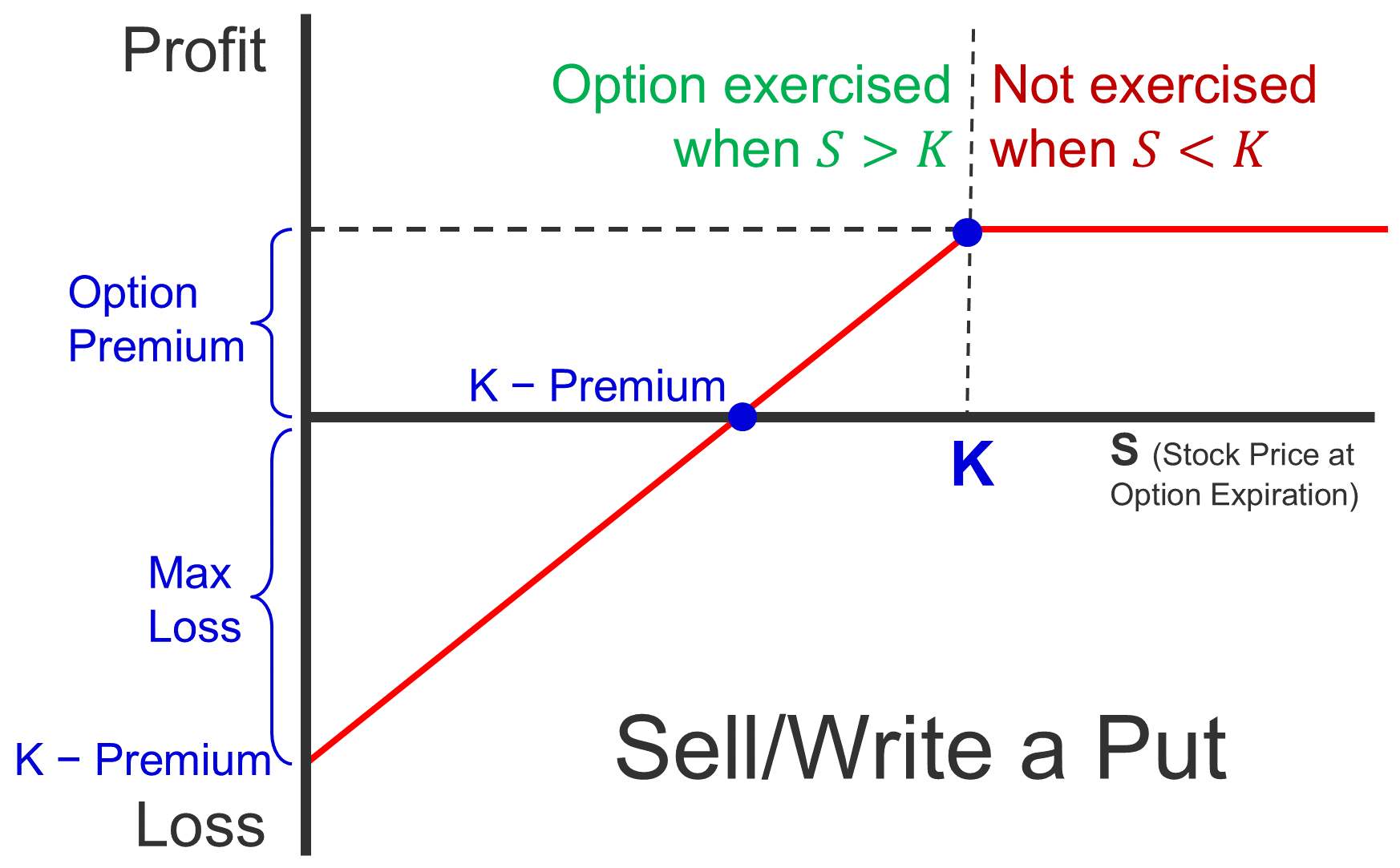 |
References: 11 Apr 22.ppt and L11 Notes
L12 Options Strategies
References: 12 Apr 29.ppt, and L12 Notes
Futures
ΔPrice=(NewPrice−OldPrice)
Buy the contract: P/L=∆Price×ContractSize
Sell the contract: P/L=−∆Price×ContractSize
ContractSize = 5000 bushels wheat (for example)
ContractSize = $50 per point of S&P 500 ($250 for ‘full-sized contract,’ $50 for e-mini, and $5 for micro e-mini)
Value of contract=ContractPrice×ContractSize
Leverage=Initial MarginValue of Contract
References: 13 May 6.ppt, L13 Notes
© 2025 Rob Munger




